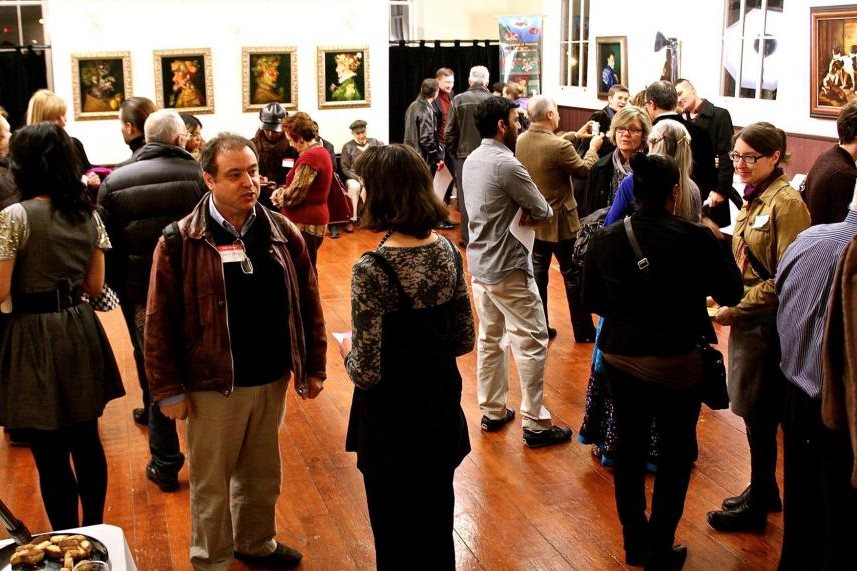Tips for Community Consultation
This provides a broad overview of what to think about when planning a project and designing a community consultation process. Detailed descriptions and a complete list of consultation methods is available in the Guide to Community Engagement.
Tips for Leading Community Consultations

Click here for a complete list of consultation methods in the Guide to Community Engagement. By Artscape.
Consultation Methods:
1. Ensure Your Project Responds to Local Needs
From the earliest stages of pre-project development you will need to ensure that the project vision responds to the particular identity, assets, resources and needs of the community it serves. This will help you overcome barriers to engaging the community, tailor your message to your audience and identify factors that have an impact on community needs and wishes.
2. Understand the Community Context
To help you determine the characteristics of your community and work out where your interests intersect with its needs, consider asking the following questions:
What are the socio-economic and demographic characteristics of the area?
What are the social, economic and environmental challenges or priorities in this neighbourhood?
What is happening in terms of neighbourhood improvement and real estate development?
What is the backbone of community economic development?
What employment growth strategies are promoted in the community?
3. Complete Cultural Asset Mapping
Cultural asset mapping can support the vision development process by:
Assessing the relevance of your project to the community
Identifying and engaging potential stakeholders
Identifying project opportunities and threats
4. Define Your Community Consultation Plan
When your contextual research and cultural asset mapping is complete, you should have a good sense of the key local issues and of the broader cultural context in which you will be working. You will also be able to compile an overview of the local groups to engage and develop an implementation plan and schedule for consultation and engagement activities.
5. Determine Your Consultation Goals
The goals of a consultation plan depend on a wide range of factors, including the local community context and the specifics of your project. Goals for a consultation plan typically fall under one of the following categories:
Informing and educating
Gathering input and understanding local needs and issues
Seeking discussion and direction
Ongoing involvement
6. Determine Your Consultation Methods
Community consultation methods should be chosen based on desired goals. It is important to be familiar with each of the methods to determine which one will help you find the information you need to obtain your goals.
Consultation methods can include:
Newsletters/flyers
Information sessions/town hall meetings
Information open houses
Visioning charrettes
7. Record Consultation Results and Record-Keeping
You should keep a written record of the meetings you’ve held and the groups you’ve consulted, as well as an archive of meeting notes and drawings, emails, and comments from attendees at your sessions or on your website, etc. Once you have completed a consultation activity, compile the comments and feedback into a format you can use for decision-making.
8. Close the Feedback Loop
It is important to communicate the results of your consultation process to your community stakeholders, with clear information about how you reached your decision or processed the consultation materials, and reasons for the direction you’ve ultimately chosen.
Click here for even more information!
Image and Resource Courtesy of Artscape Creative Placemaking